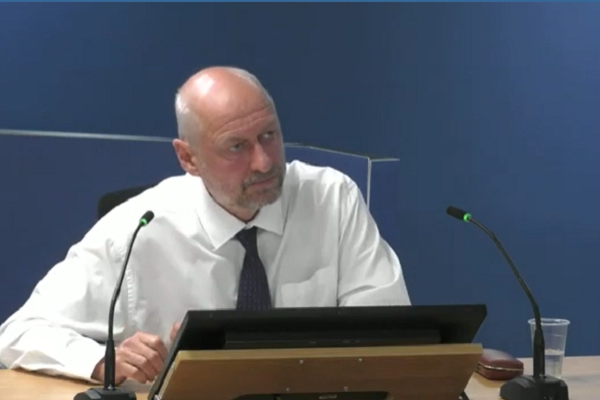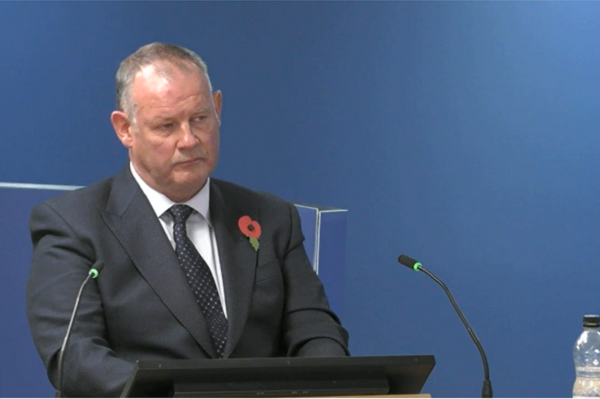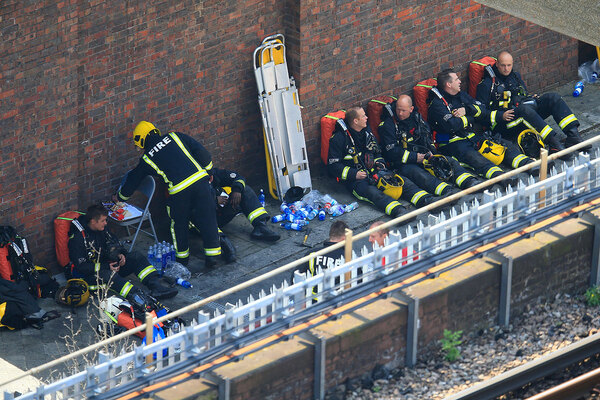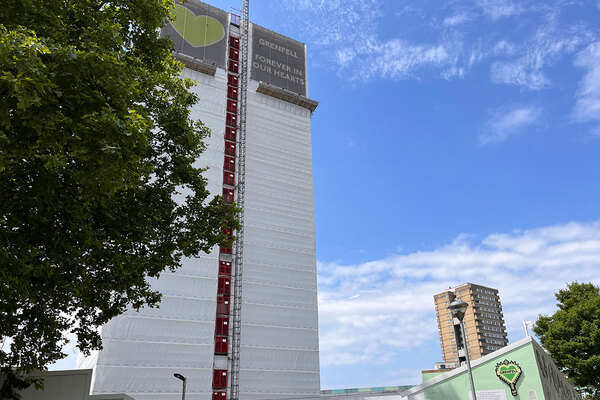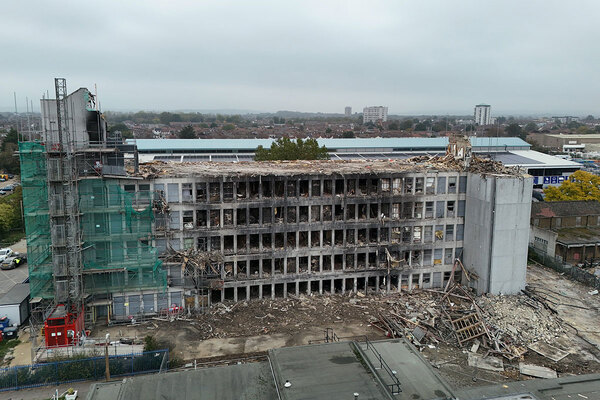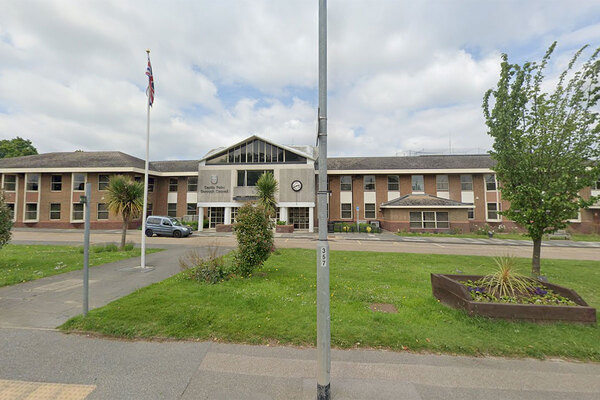LFB officer unable to explain absence of key passages on ‘stay put’ from policy he drafted
The officer who drafted London Fire Brigade (LFB) policy on high-rise firefighting has been unable to explain why key passages on reversing ‘stay put’ were omitted from both the policy document and subsequent training.
Patrick Utting, a former station manager who helped develop the LFB’s policies for incident commanders, gave evidence to the inquiry yesterday as it continued its investigation into the lack of adequate policies and training covering the need to reverse a stay put policy.
This is a matter of critical importance to Grenfell Tower, where residents were continuously told to stay put until around 2.47am, nearly two hours after the fire began and after flames had spread up and around the building.
By this point, many had lost the opportunity to escape and incident commanders in charge on the night of the blaze have previously told the inquiry that their training did not prepare them for the circumstances they faced.
Mr Utting was grilled about his work developing Policy Note 633, the LFB’s local policy on high-rise firefighting.
His work on the policy began in April 2013, shortly after the conclusion of the inquests into the deaths of six residents during a fire at Lakanal House in 2009.
These residents had also died after being advised to stay put, and as a result the government had promised changes to national guidance to cover “inform decisions on evacuation should it become clear during an incident that stay put is no longer tenable”.
However, this national policy – known as Generic Risk Assessment (GRA) 3.2 – was already under review and a new draft prepared by other senior officers at LFB at this stage contained no reference to reversing stay put.
Mr Utting worked from this draft national guidance and produced a new version of Policy Note 633 for the LFB which was sent for a review by senior officers in July 2013. This draft also contained no reference to reversing stay put.
“Do you recall if that was a conscious decision or not?” asked junior counsel to the inquiry Hannah Curtain.
“I don’t recall it as a conscious decision. I’m sort of surprised it’s not there,” replied Mr Utting.
Government officials ultimately added lines to GRA 3.2 ahead of its publication in February 2014 to deal with the recommendation made by the coroner.
This included an instruction to prepare “contingency plans” covering “fire spread beyond the compartment of origin” and “an operational evacuation plan being required in the event the stay put policy becomes untenable”.
These changes resulted in Policy Note 633 being redrafted ahead of its publication in 2015.
Shown the final version today, Mr Utting accepted that bullet points covering planning mirrored the national policy precisely, except the one covering stay put had been removed.
“Do you recall whether that was a conscious decision to not replicate the second bullet point in [Policy Note] 633?” asked Ms Curtain.
“No,” replied Mr Utting.
“Do you know if that’s likely to have been an oversight or is it just that you don’t remember?” asked Ms Curtain.
“I can’t imagine why we would have taken it out deliberately,” he replied.
A new paragraph had been inserted into another section of the document, covering evacuation, which said: “It may be necessary to undertake a partial or full evacuation in a residential building where a ‘stay put’ policy is normally in place.”
This had not been in Mr Utting’s original draft. But he could not recall how and why it had been included in the redrafted guidance.
“It seemed to be a little surprising that if you were the master draftman, with your fingers on the keyboard, you couldn’t remember how something like [this] got into the text?” asked inquiry chair Sir Martin Moore-Bick.
“Sir, I spent six years writing policy… and, sir, just the passing of time and not having been in the loop for the last six years. Mea culpa, I’m sorry,” Mr Utting replied.
Mr Utting then prepared a request for training to implement the new policy, which was to be delivered by the LFB’s private training provider Babcock.
But a list of issues he included in the original request for the training package included nothing on reversing stay put.
He said he could not recall why this was omitted, but said the request for training was “in its first evolution” and “a starting point” for developing a full training programme.
The inquiry has seen no documents which refer to the training ever having moved forward from this initial request, or being implemented.
Mr Utting was then asked why a risk assessment of the draft policy he carried out also omitted any reference to the need to reverse stay put.
He said this was likely to have been because it was drafted before the changes were made to the policy.
Asked at the end of his evidence if he agreed with another witness that the LFB had a “blind spot” with regard to evacuation, Mr Utting said: “Our blind spot for me was around our trust of the standard of building construction, and I’m not sure if it was a fear, but the difficulties of evacuating single-staircase buildings. I struggle [with] why we allow that to happen.”
The inquiry continues.
Sign up for our weekly Grenfell Inquiry newsletter
Each week we send out a newsletter rounding up the key news from the Grenfell Inquiry, along with the headlines from the week
Already have an account? Click here to manage your newsletters
